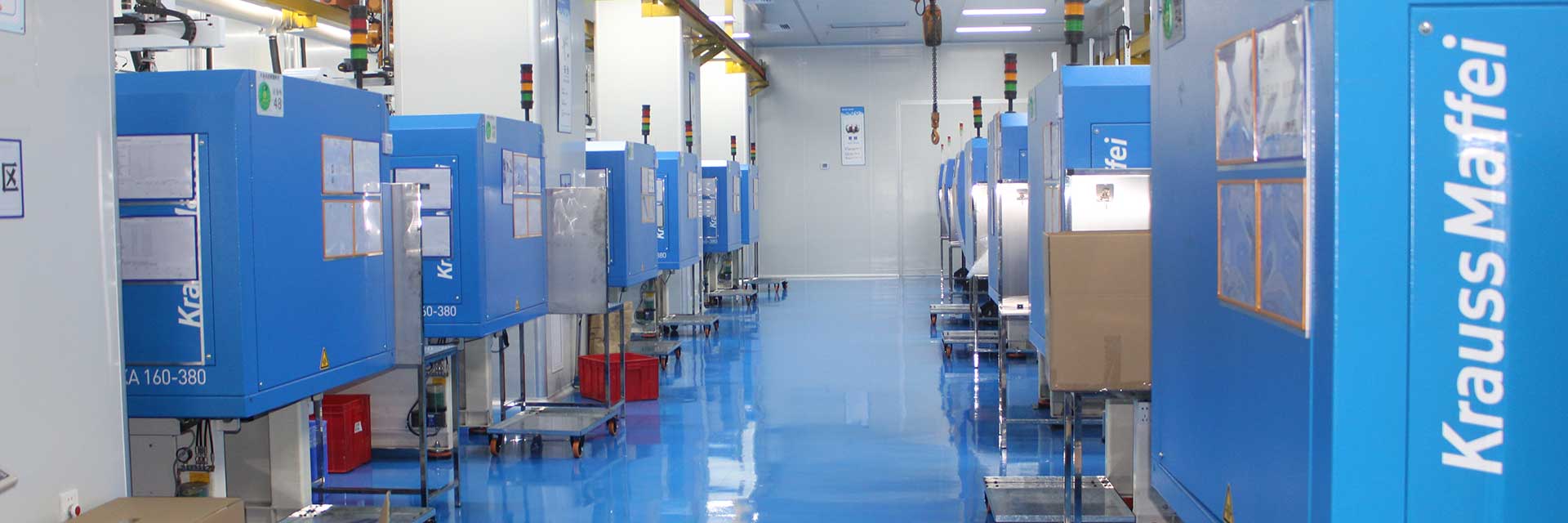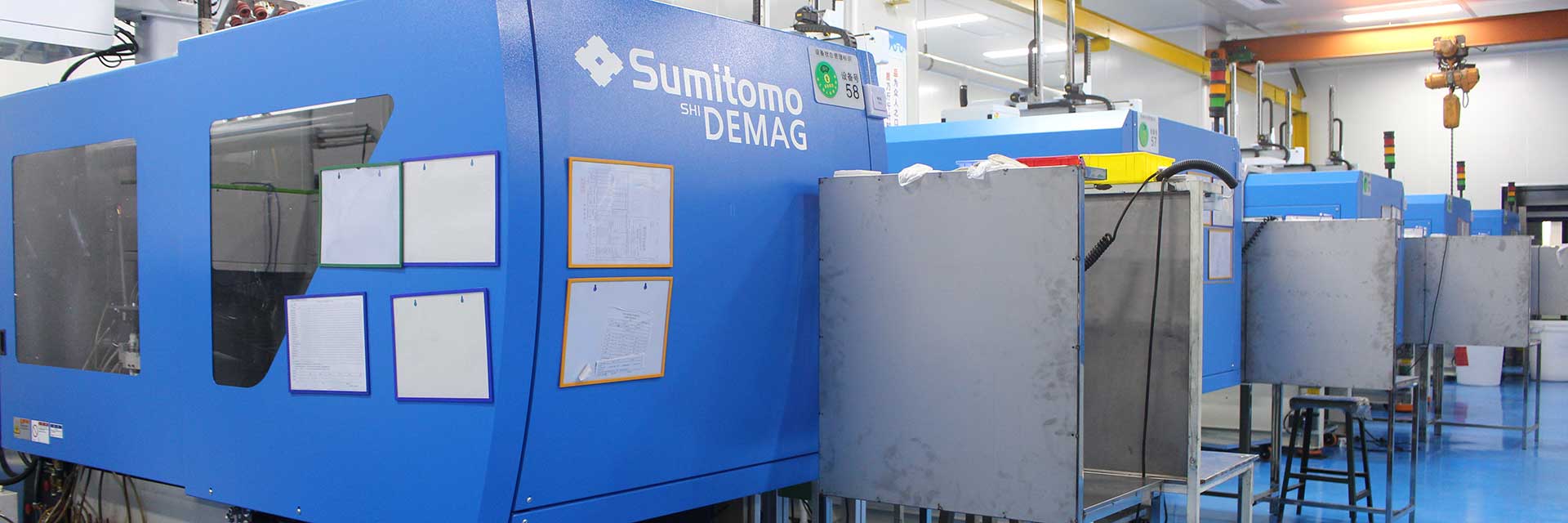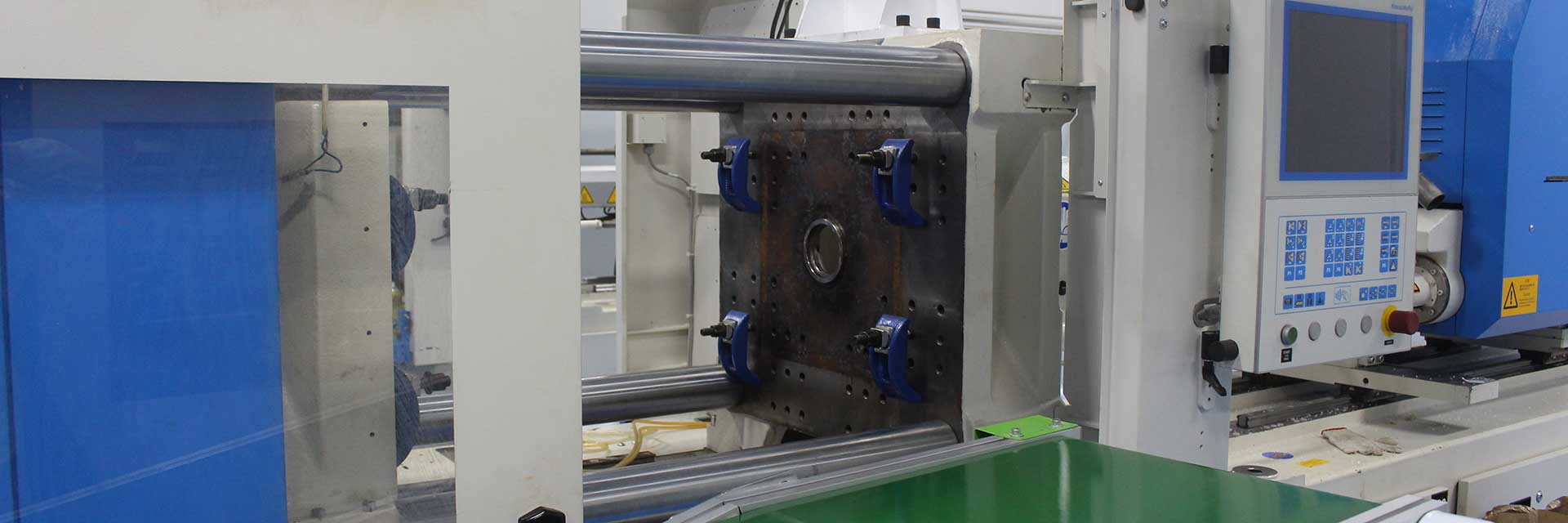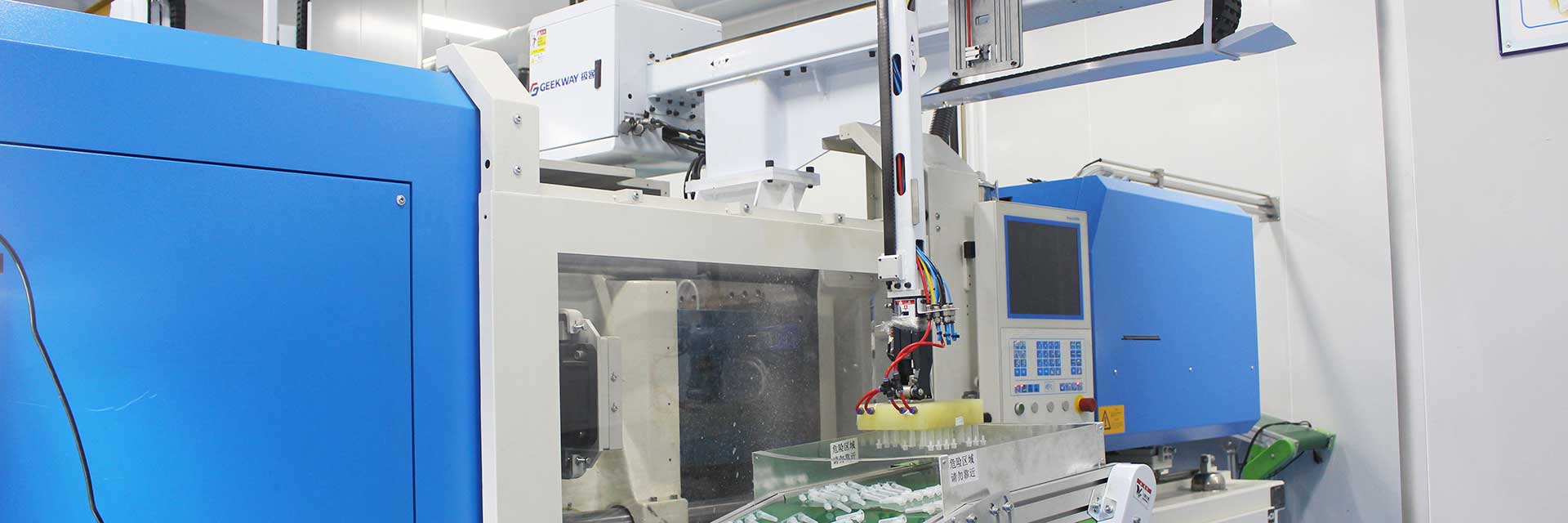It’s not possible to cover every tooling design decision that a product developer needs to make in partnership with their manufacturing provider. However, it’s possible to narrow these choices down to a few discrete categories that apply to all tools, regardless of their function.
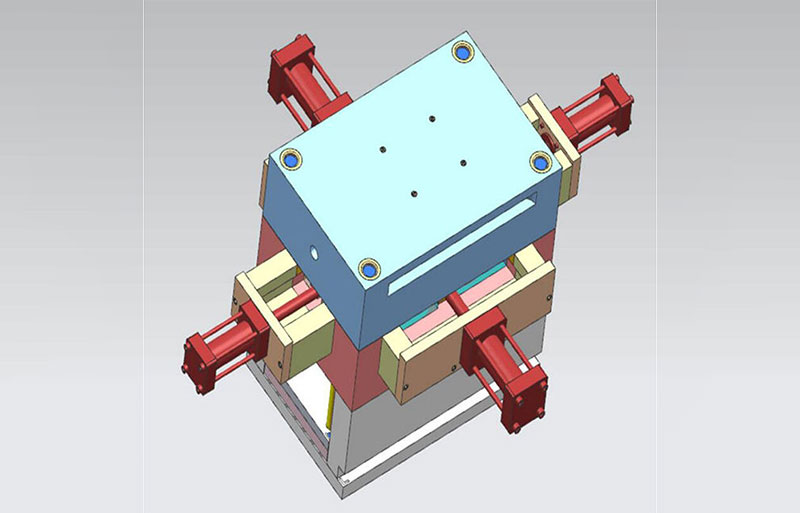
- Tooling Material – What is the best tooling material? The best raw material for making a production tool is the one that provides the best performance for your application, at the lowest cost, and in the shortest time. Therefore, it all depends on what you need the tool to do, for how many parts, over what period of time, and with what degree of precision.
Of course, not every type of tooling raw material will be suitable for every application. For example, aluminum can be used to make perfectly acceptable plastic injection mold tools and dies. However, aluminum can never be used to make a cutting mill for a CNC machine.
Again, it’s all about matching the tool material with the intended application. Most applications have a limited range of suitable materials that have proven their worth over many years of practical experience. Product developers should therefore be guided by the advice of their manufacturing service providers.
- Production Volume and Durability – If you’re going to make high volumes of finished parts, then you need a tool that’s durable if you want to avoid the expense of making many tools for one production run. This means it must be made of tough metal – tough in this sense means the ability to take repeated stress, and be deformed plastically, without tearing and without permanently altering its shape.
Durable tools need to hold their tolerances for a long time while resisting thermal, chemical, and mechanical breakdown. And yes, durable tools are more expensive and time-consuming to make than their short-lived counterparts.
- Tolerance and Precision – If a tool is used to make a very precise finished part, then the tool itself requires more careful manufacturing. This means it will be more expensive to fabricate and may need to be replaced, or at least “tuned up”, more frequently in order to maintain those tolerances. Well-made tools can be resharpened, repaired, or calibrated to extend their effective lifespan.
- Cycle Times – How often will the tool be used during a normal production run? For a pressure die casting mold, the answer might be once every two minutes – although during those two minutes, the die will be subject to immense pressures and heat. If the tool is something like a sewing needle, then it will be cycled millions of times per day and will do so without complaint until it needs to be replaced.
Reducing cycling times to their lowest is the same as increasing processing speed, and that can mean pushing the tool to the point where it starts to wear out prematurely or even break altogether.
One of the best ways to extend tool life and increase processing speed is to use an aftermarket thin film coating on the tool. Chrome plating, nickel plating, physical vapor deposition, chemical vapor deposition – these surface coatings can all increase tool longevity and performance. But they add expense, so this cost should be balanced against higher rates of productivity.
- Tool Changing Time – One aspect of efficiency that’s often overlooked is the question of how long it takes to change or swap out a tool on a production machine. This is done when the tool needs servicing or replacement. Large tools, like injection molds, use hoists and cranes to move them since they’re too large and heavy for a human operator, and replacing them can take hours.
Tool changing time is a cost driver because production workers are still being paid every minute although no parts are coming off the assembly line. Whenever possible, tool-changing efficiency should be part of the initial design calculation.

